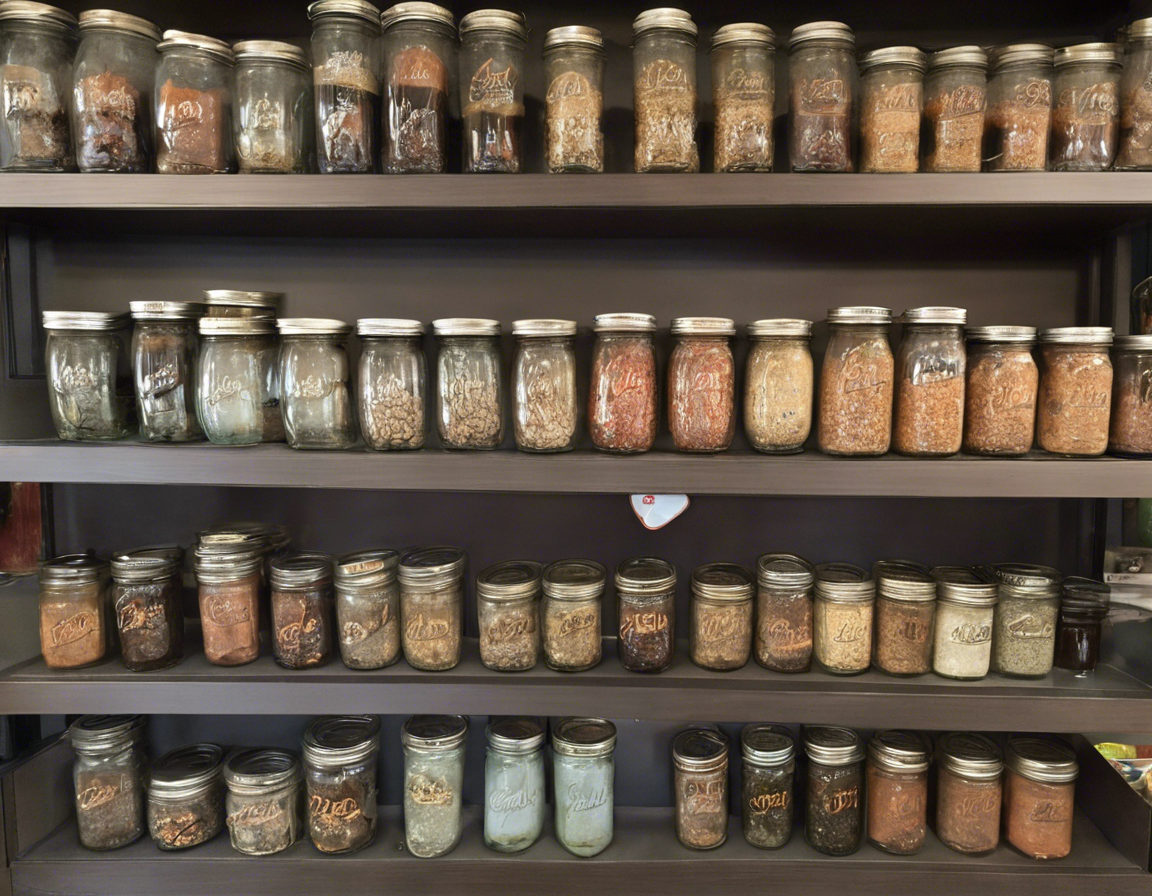
Located in the heart of Michigan, Mount Clemens offers a hidden gem that celebrates history in jars. The Jar Museum showcases a unique collection of historical jars that provide a glimpse into the past of this charming town. As you explore the museum, you will be captivated by the stories behind each jar, from their origins to their significance in shaping the history of Mount Clemens. Join us on a journey through time as we delve into the fascinating world of jar history in Mount Clemens.
The History of Jars in Mount Clemens
Jars have played a crucial role in the history of Mount Clemens, dating back to the town’s early years. In the late 19th and early 20th centuries, Mount Clemens was known for its bustling pottery industry, producing a wide variety of jars for commercial and household use. The Mount Clemens Pottery Company was one of the most prominent manufacturers in the region, producing high-quality jars that were shipped far and wide.
Different Types of Jars
The Jar Museum in Mount Clemens houses a diverse collection of jars, each telling a unique story. From canning jars used by local farmers to apothecary jars once found in pharmacies, the museum’s exhibits offer a comprehensive look at the various types of jars that have been a part of the town’s history. Mason jars, glass jars, ceramic jars, and decorative jars are just a few examples of the types of jars you can expect to see at the museum.
Significance of Jars in Daily Life
Jars have played a significant role in daily life in Mount Clemens and beyond. From preserving food to storing household items, jars have been a versatile and essential part of everyday living. The museum’s collection showcases how jars were used in different contexts, shedding light on the cultural and social significance of these humble yet indispensable objects.
Innovations in Jar Design
As you explore the Jar Museum, you will discover how jar design has evolved over the years. From simple, utilitarian jars to intricately decorated pieces of art, the museum’s exhibits highlight the creativity and craftsmanship that have gone into jar making throughout history. Embossed jars, colored glass jars, and unusual shapes are just a few examples of the innovative designs you can expect to see at the museum.
Preserving Jar History
The Jar Museum plays a vital role in preserving the history of jars in Mount Clemens. By collecting, displaying, and interpreting jars from the past, the museum helps ensure that this important aspect of the town’s heritage is not forgotten. Visitors of all ages can learn about the history of jars and gain a newfound appreciation for these everyday objects that have had such a significant impact on the community.
Exploring Mount Clemens
In addition to visiting the Jar Museum, there are plenty of other attractions to explore in Mount Clemens. Take a stroll through the town’s charming downtown area, where you’ll find a variety of shops, restaurants, and historic buildings. Clinton-Kalamazoo Canal, Mount Clemens Art Center, and Crocker House Museum are just a few of the other must-see attractions in the area that offer a deeper insight into the town’s rich history and culture.
FAQs
-
Q: What is the significance of jars in Mount Clemens?
A: Jars have played a crucial role in the town’s history, serving both practical and cultural purposes. -
Q: What types of jars can be found at the Jar Museum?
A: The museum houses a wide variety of jars, including canning jars, apothecary jars, mason jars, and decorative jars. -
Q: How has jar design evolved over the years?
A: Jar design has evolved from simple, utilitarian styles to more intricate and decorative designs. -
Q: What is the importance of preserving jar history?
A: Preserving jar history helps ensure that this important aspect of Mount Clemens’ heritage is not forgotten. -
Q: What other attractions are there to see in Mount Clemens?
A: In addition to the Jar Museum, visitors can explore downtown Mount Clemens, the Clinton-Kalamazoo Canal, and various other historic sites in the area.
